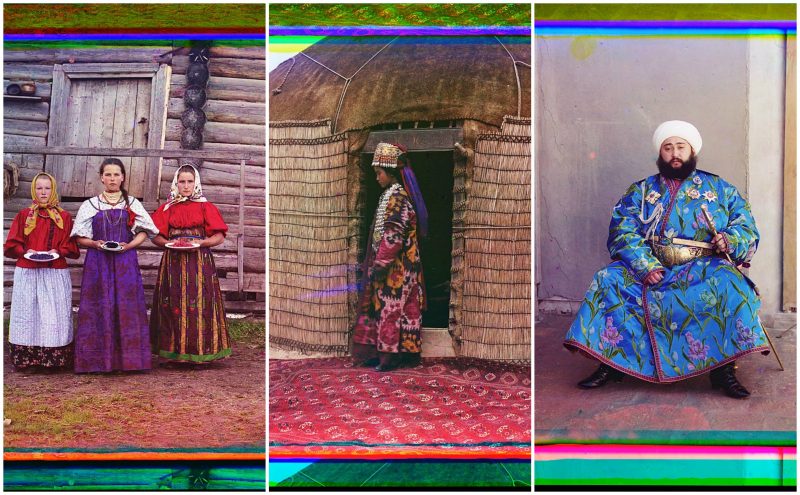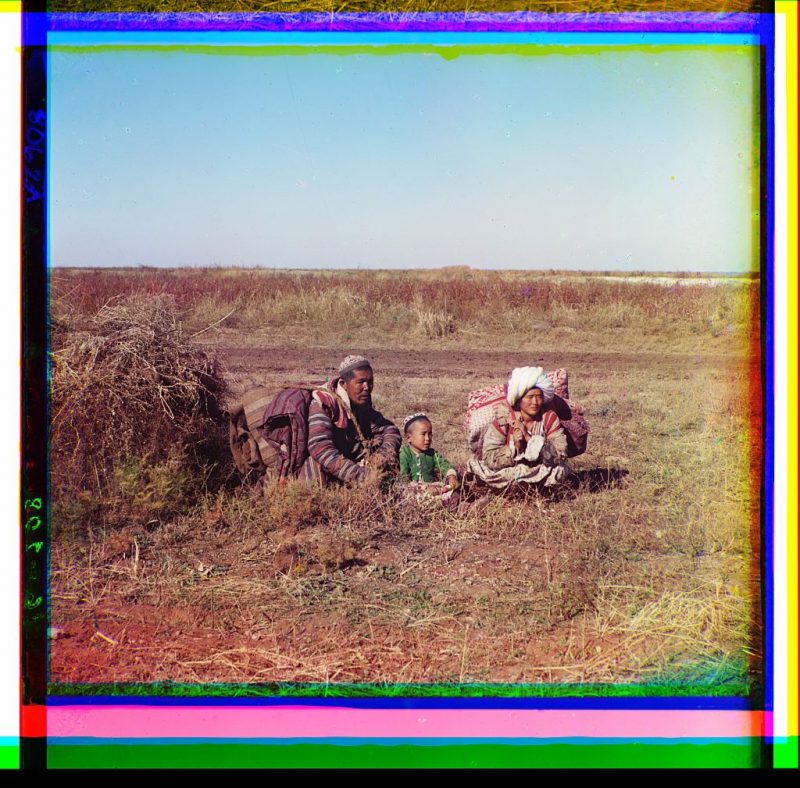Sergey Mikhaylovich Prokudin-Gorski was a Russian chemist and photographer. He is best known for his pioneering work in color photography of early 20th-century Russia
Sergei was also a member of the oldest photographic society in Rusia, the photography section of the IRTS. In 1902 he went to Berlin and spent six weeks studying color sensitization and three-color photography.
This awesome and rare photo collection in the period between 1900 and 1915 reflects the peasant life in the Russian Empire.
All photos by Library of Congress
![[Full-length profile portrait of a woman, possibly Turkman or Kirgiz, standing on a carpet at the entrance to a yurt, dressed in traditional clothing and jewelry]](https://www.thevintagenews.com/wp-content/uploads/sites/65/2015/05/Full-length-profile-portrait-of-a-woman-possibly-Turkman-or-Kirgiz-standing-on-a-carpet-at-the-entrance-to-a-yurt-dressed-in-traditional-clothing-and-jewelry.jpg)
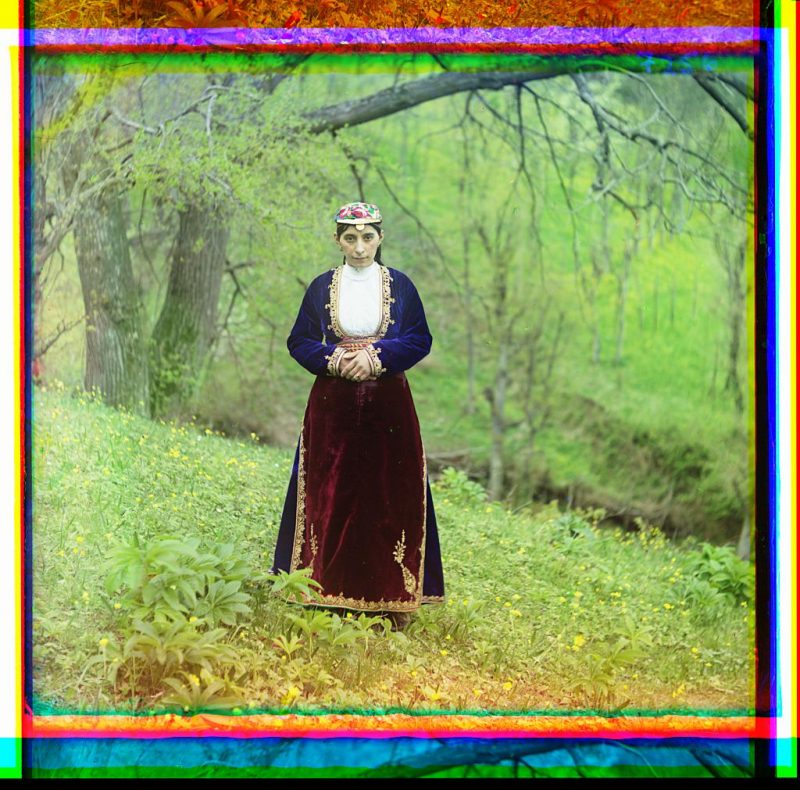
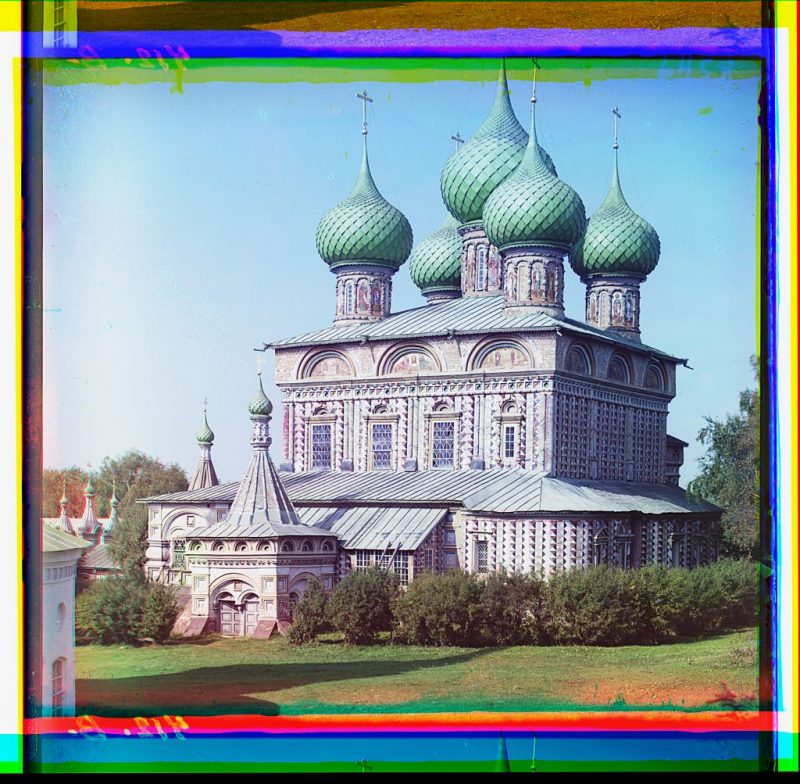
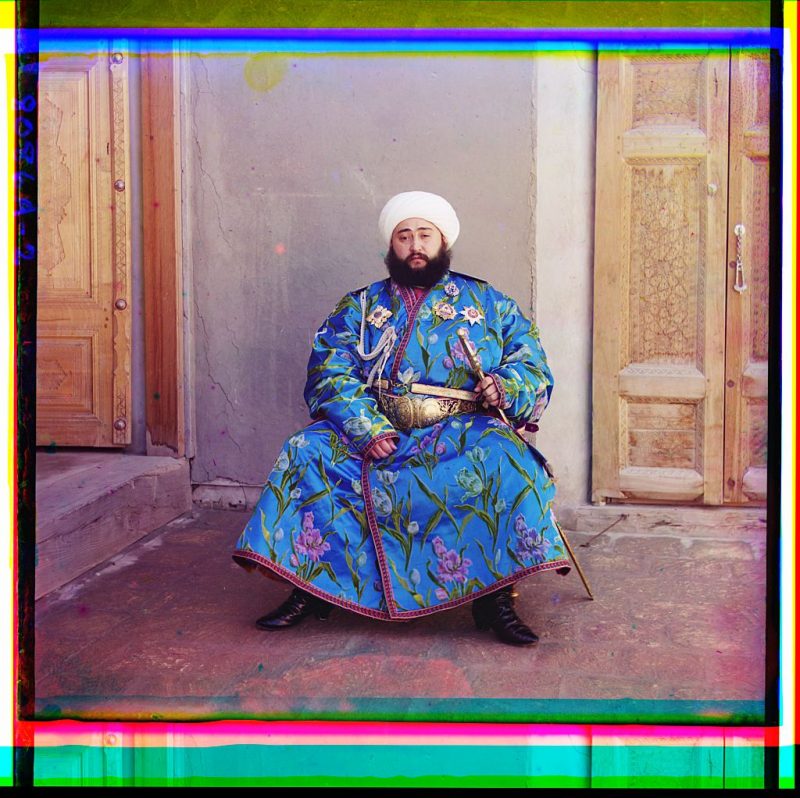
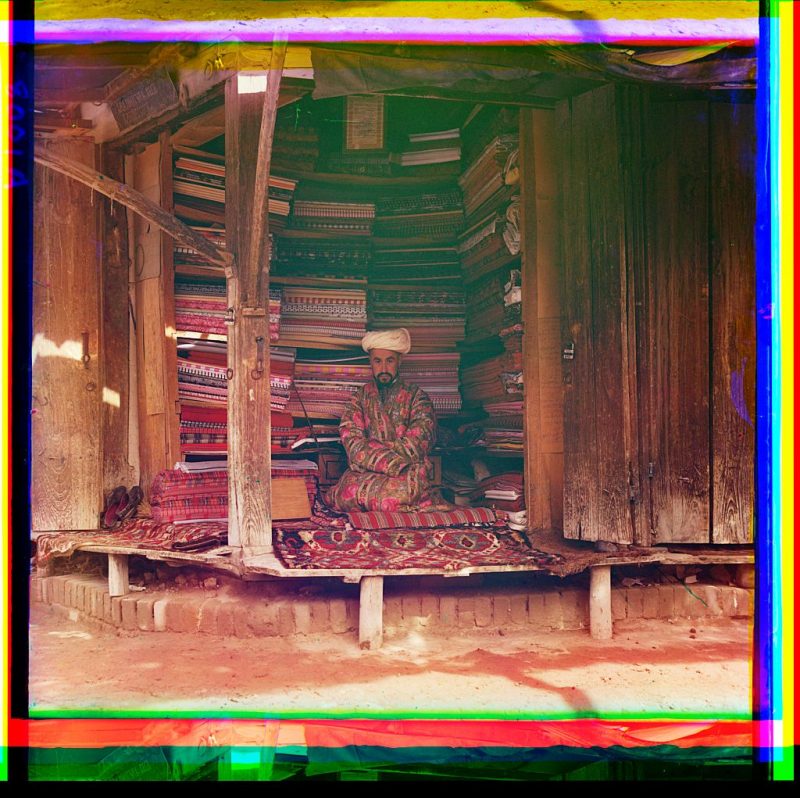
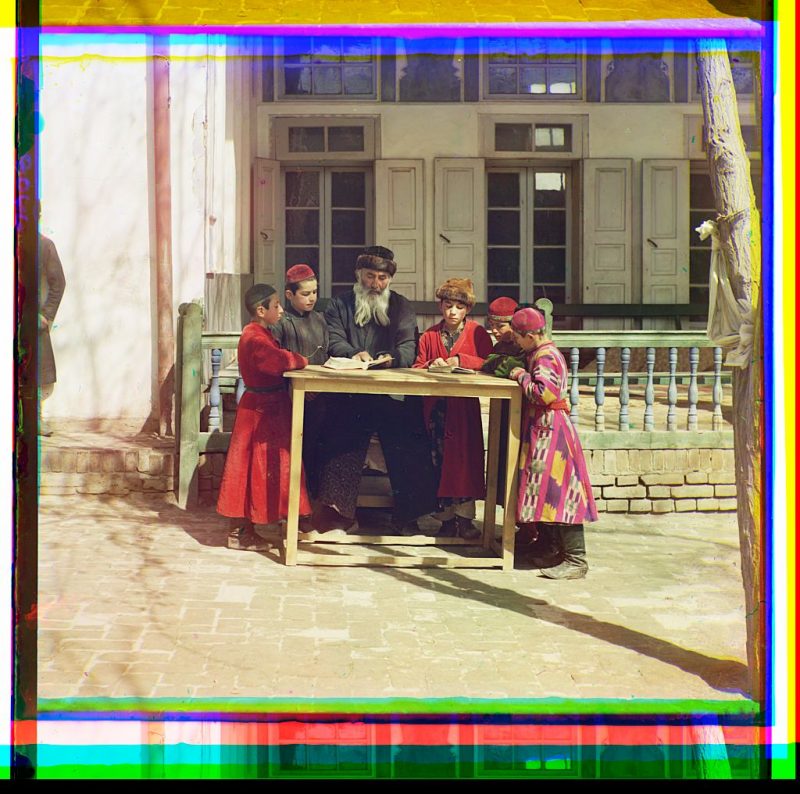
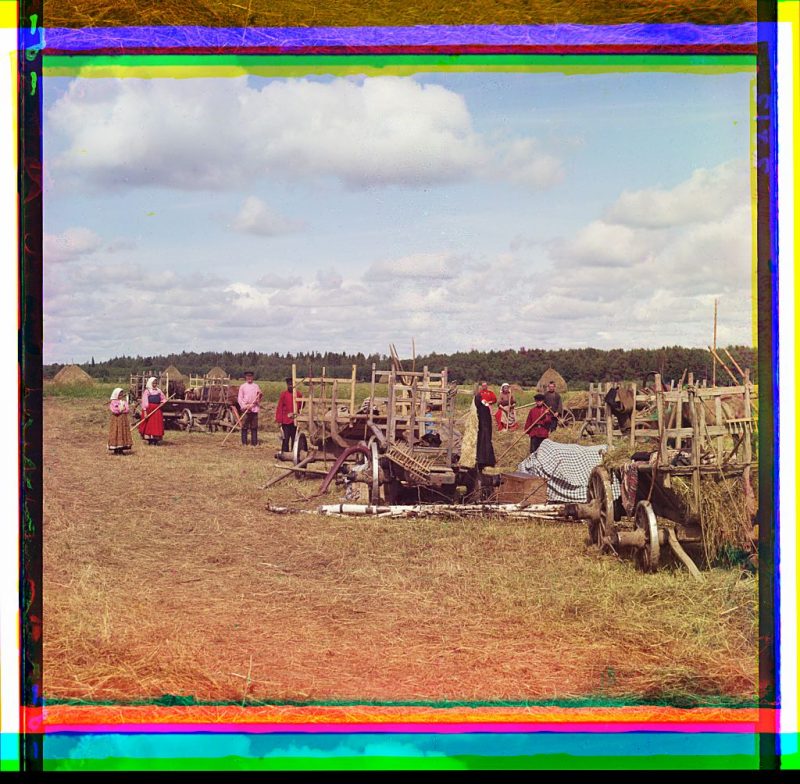
The method of color photography used by Prokudin-Gorsky was first suggested by James Clerk Maxwell in 1855 and demonstrated in 1861, but good results were not possible with the photographic materials available at that time. In imitation of the way a normal human eye senses color, the visible spectrum of colors was divided into three channels of information by capturing it in the form of three black-and-white photographs, one taken through a red filter, one through a green filter, and one through a blue filter. The resulting three photographs could either be projected through filters of the same colors and exactly superimposed on a screen, synthesizing the original range of color additively; viewed as an additive color image by one person at a time through an optical device known generically as a chromoscope or photochromoscope, which contained colored filters and transparent reflectors that visually combined the three into one full-color image; or used to make photographic or mechanical prints in the complementary colors cyan, magenta and yellow, which, when superimposed, reconstituted the color subtractively
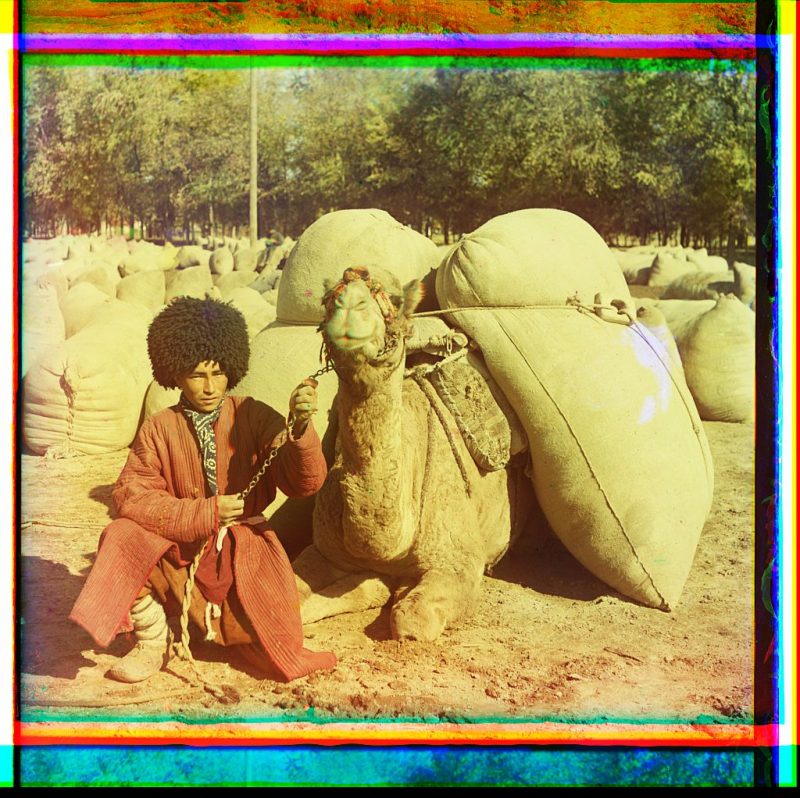
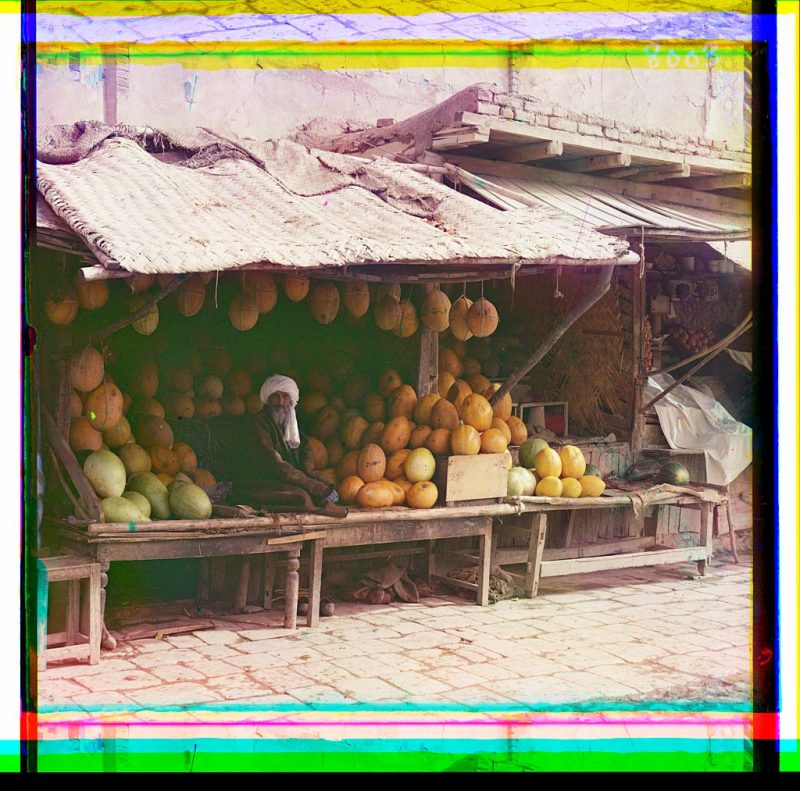
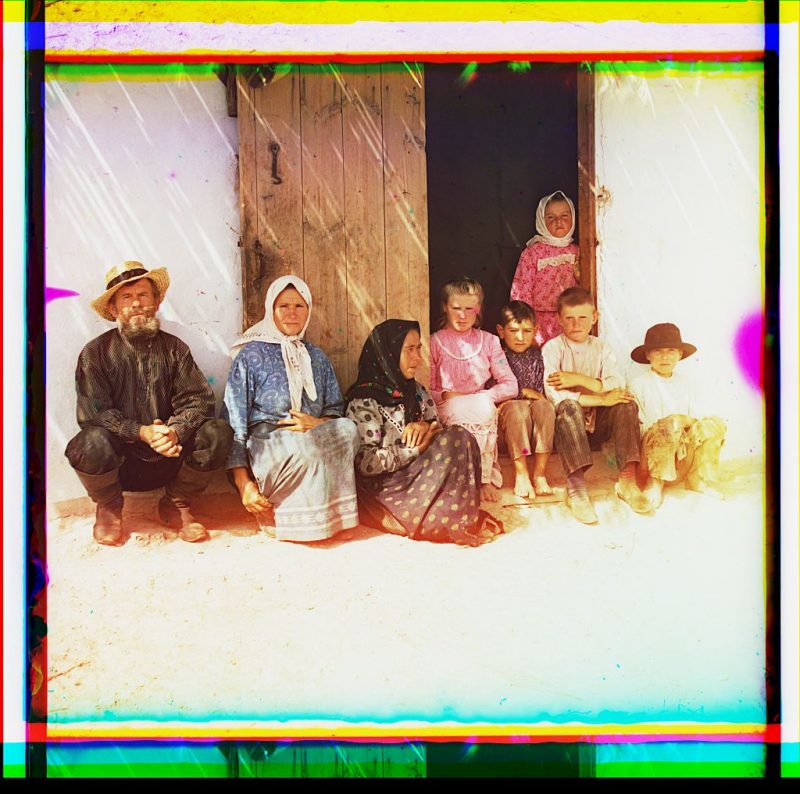
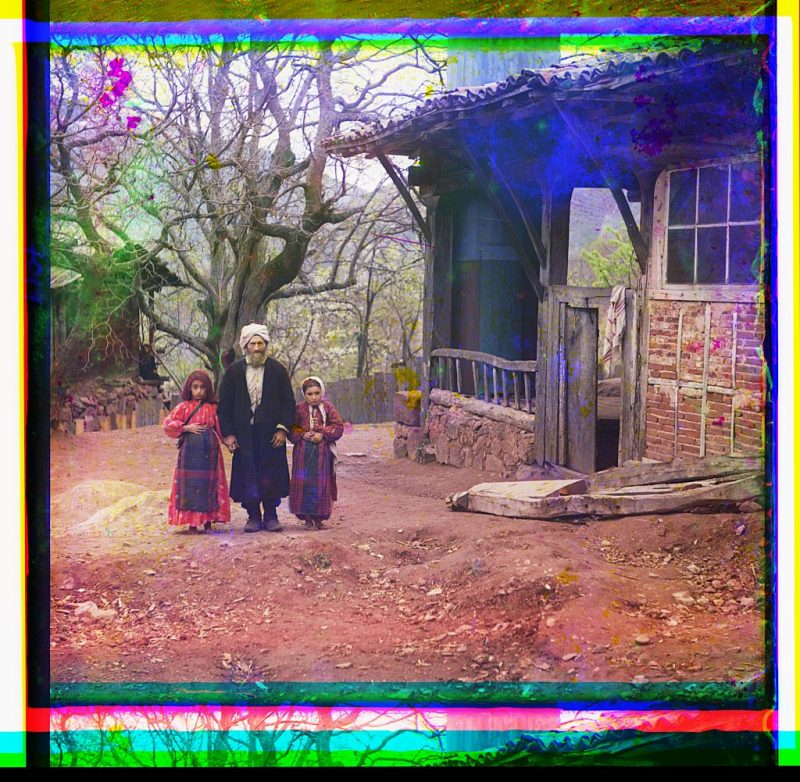
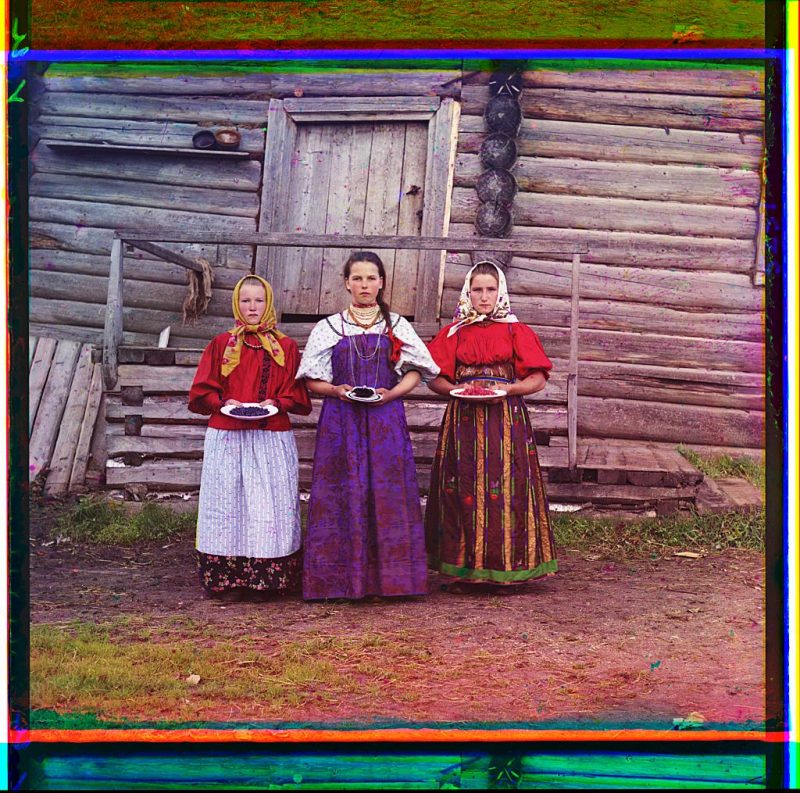
![Pinkhus Karlinskii. Eighty-four years [old]. Sixty-six years of service. Supervisor of Chernigov floodgate. [Russian Empire] 1910](https://www.thevintagenews.com/wp-content/uploads/sites/65/2015/05/Pinkhus-Karlinskii.-Eighty-four-years-old.-Sixty-six-years-of-service.-Supervisor-of-Chernigov-floodgate.-Russian-Empire-1910.jpg)
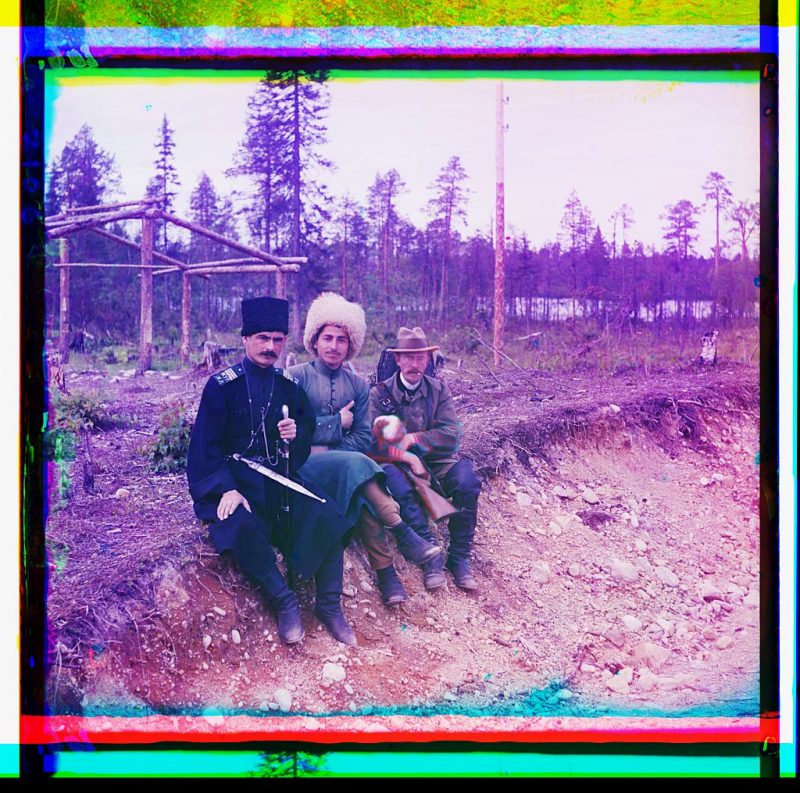
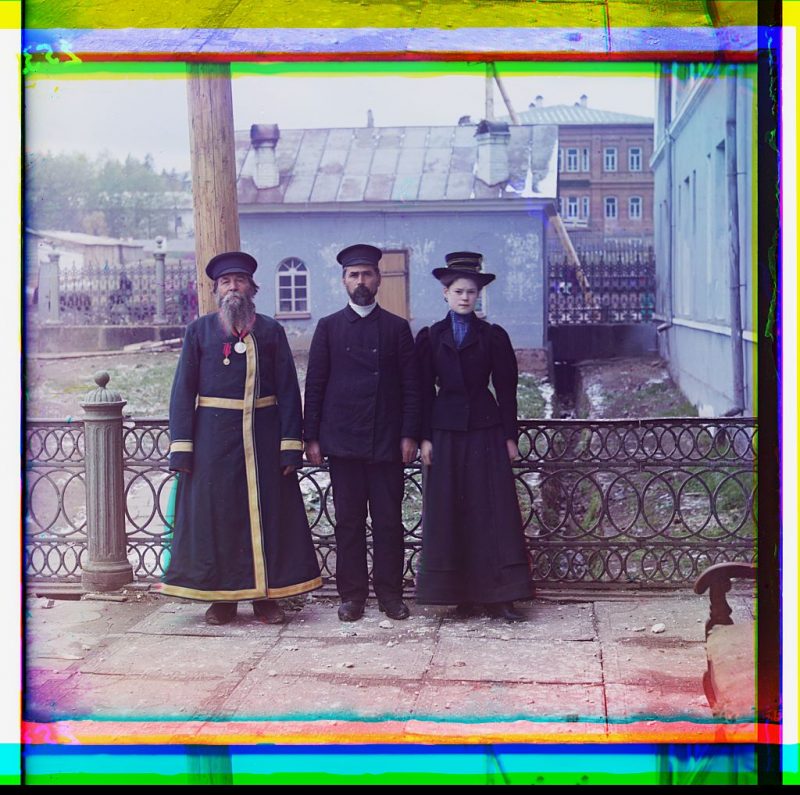
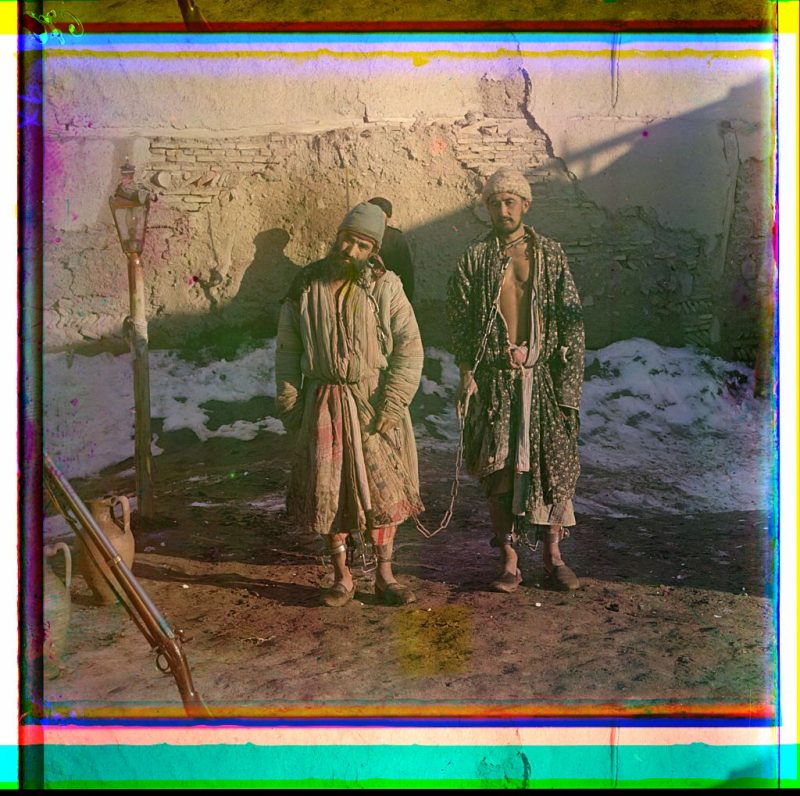
![View of the monastery from Svetlitsa [Island, Saint Nil Stolbenskii Monastery, Lake Seliger]](https://www.thevintagenews.com/wp-content/uploads/sites/65/2015/05/View-of-the-monastery-from-Svetlitsa-Island-Saint-Nil-Stolbenskii-Monastery-Lake-Seliger.jpg)
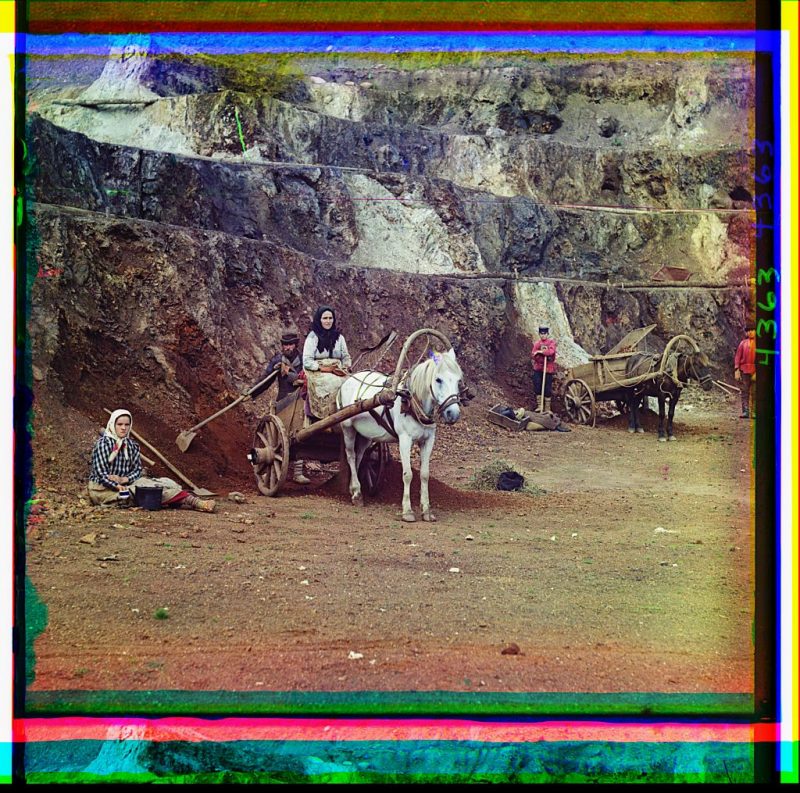
Perhaps Prokudin-Gorsky’s best-known work during his lifetime was his color portrait of Leo Tolstoy,which was reproduced in various publications, on postcards, and as larger prints for framing.The fame from this photo and his earlier photos of Russia’s nature and monuments earned him invitations to show his work to the Russian Grand Duke Michael Alexandrovich and Dowager Empress Maria Feodorovna in 1908, and to Tsar Nicholas II and his family in 1909. The Tsar enjoyed the demonstration, and, with his blessing, Prokudin-Gorsky got the permission and funding to document Russia in color. In the course of ten years, he was to make a collection of 10,000 photos.Prokudin-Gorsky considered the project his life’s work and continued his photographic journeys through Russia until after the October Revolution.He was appointed to a new professorship under the new regime, but he left the country in August 1918.He still pursued scientific work in color photography, published papers in English photography journals and, together with his colleague S. O. Maksimovich, obtained patents in Germany, England, France and Italy
